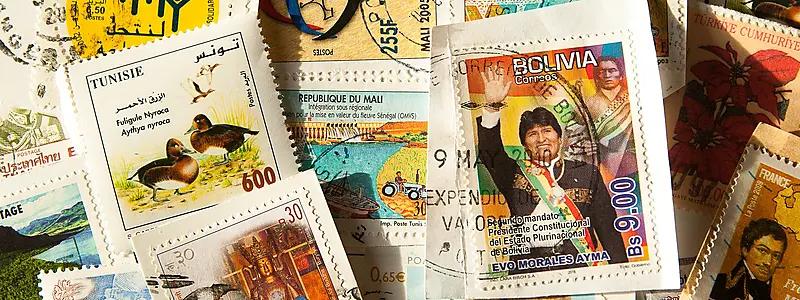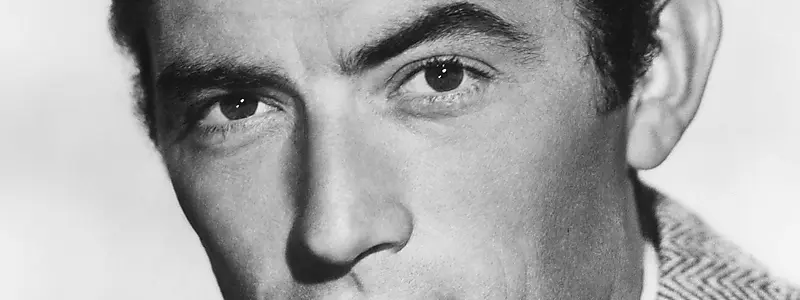World‑Building the Far Future (2125 – 2225): Crafting a Century‑Leap Setting
Bridging today’s legacy with the long arc of tomorrow
1. Why “far‑future but human” is a unique challenge
A century or two from now the smartphone era is ancient history, yet it’s not a distant alien galaxy. Readers must sense continuity of the human story even as the fabric of society, biology, and geography stretches almost beyond recognition. The sweet spot is a world that feels earned—every wonder or catastrophe traceable back to decisions we’re making right now.
2. Establish
deep anchors
—the bedrock that endures centuries
| Anchor Type | Examples (2125‑2225) | Purpose |
|---|---|---|
| Geophysical constants | Coastlines may shift, but the Andes still climb; the Nile still flows—though perhaps through desalination locks | Grounds cosmic change in recognizable landforms |
| Human drives | Status, kinship, belief, curiosity, fear of death | Keeps post‑human characters emotionally legible |
| Legacy culture | A Mozart holographic concert; a preserved UNESCO “Old Internet” archive; Lunar New Year celebrated under a space elevator | Shows cultural threads that outlive technology |
| Ruins & relics | Flooded skyscrapers, AI‑off limits zones, analog museums | Provide historical depth and tangible stakes |
Exercise: Write a two‑column chart: “Endures” vs. “Evolves/Ends.” This will stop you from accidentally erasing everything familiar.
3. Map
macro vectors of transformation
- Planetary ecology – terraformed deserts, floating kelp megafarms, urban mycelium bioreactors
- Civilizational geography – orbital habitats, Martian federations, submerged archipelagos of former coastlines
- Biotech & sentient design – gene‑woven fauna, digital ghosts, modular bodies
- Political architecture – algorithmic city‑states, reputation guilds, post‑nation empires controlling energy nodes
- Economy & labor – post‑scarcity enclaves, attention‑mining gig zones, asteroid resource cartels
- Consciousness & culture – shared dream markets, ancestral memory streaming, synthetic faiths
Pick three primary drivers; let the rest ripple outward. A world where bio‑engineering dominates will differ radically from one steered by climate survivalism or off‑world expansion.
4. Projecting 100‑200 years: futurist methods for novelists
| Method | Application | Example |
|---|---|---|
| Extrapolative layering | Stack today’s niche tech until it matures, then layer next‑gen iterations | Personal 3‑D‑printed organs → organ sharing economies → gene‑pledge communes |
| Disruption loops | Describe how each breakthrough creates new fault lines | Quantum networks end hacking → spur “analog underground” → spawn neo‑luddite terror cells |
| Convergence events | Ask what happens when two or more vectors intersect | Climate exodus + VR presence = nations of citizens without territory |
| Counter‑trajectories | Inject regression or collapse alongside progress | While orbital cities thrive, abandoned inland megacities morph into biodiversity preserves |
5. Revealing the far future
without exposition avalanches
- Artifact storytelling – Start a chapter with a treaty excerpt, warranty notice for a synthetic limb, or a centuries‑old meme in a retro VR café.
- Generational perspective – Let elders recall “the first century of the Great Melt” while teenagers complain about slow brain‑cloud sync.
- Environmental contrasts – A protagonist passes from preserved 20th‑century brick alleys into a bone‑white fungal skyscraper.
- Sensory dislocation – Describe altered senses: filters that mute urban noise, the citrus‑ozone scent of atmosphere processors, the phantom tactile lag of telepresence gloves.
A rule of thumb: one paradigm‑shifting detail per page—anchored to action or emotion—keeps the awe alive without halting momentum.
6. Adjust your realism dial:
the 60/40 principle
Far‑future scenes often thrive on ≈ 60 % new / 40 % familiar:
- 60 %: Post‑human physiologies, orbital trade law, algae‑based cuisine
- 40 %: Arguments over inheritance, political corruption, a child’s stage fright
Shift ratios by locale: a reclaimed medieval district might be 20/80, while a Kuiper Belt prospecting station could be 90/10.
7. Ethical fault lines—conflict engines for the next two centuries
| Innovation | Existential Dilemma |
|---|---|
| Mind uploading | Are copied consciousnesses legal persons with voting rights? |
| Designer descendants | Do baseline humans become an underclass—or a protected heritage species? |
| Geo‑engineering | Who decides acceptable risk when tweaking the jet stream for South Asia but threatening Europe’s crops? |
| Time‑dilated travel | How do you govern colonies whose citizens age slower than their homeworld counterparts? |
Weave these dilemmas into plot arcs; they are inexhaustible sources of stakes.
8. Refreshing the five senses for 2225
- Sight – Solar kite farms glinting in dusk skies, bio‑luminescent sidewalks
- Sound – Sub‑sonic freight drones, multilingual AI murmur blending into urban white noise
- Smell – Yeast‑fermented plastics, salt‑bitten air of floating cities, ozone from fusion vents
- Touch – Temperature‑adaptive clothing, slick ceramic skin of service androids
- Taste – Lab‑grown sashimi seasoned with extinct‑species DNA recreations, spiral‑grain bread
Sensory specificity turns speculative sketches into lived‑in worlds.
9. Future‑proofing: keeping your book relevant in 2080—and 2180
- Invent economies, not brand names – “HelixNet cognition mesh” ages better than “Meta 12 Pro headset.”
- Use relative dating – “Five decades after the Second Antarctic Treaty” instead of “in 2163.”
- Emphasize social dynamics – Power struggles outlive technical specs.
- Accept patina – Predicting the far future is messy; let contradictions stand. They’ll feel like history in the making.
10. Quick‑start exercises for far‑future depth
| Exercise | Time | Result |
|---|---|---|
| Century‑skip headlines | 20 min | Rewrite today’s news item as a 2175 archive snippet. |
| Artifact autopsy | 30 min | Describe an everyday object (e.g., “memory lacquer tea set”) and trace its supply chain, legal status, and cultural meaning. |
| Three‑generation montage | 25 min | Outline one family’s journey over 150 years to expose shifting norms. |
| Collapse/Ascend map | 15 min | Sketch areas of your world that advanced, stagnated, or regressed—visualizing uneven progress. |
11. Micro‑case studies
- “2312” (Kim Stanley Robinson) — Planetary engineering plus intimate human struggle; shows ecological megaprojects and personal identity shaping each other.
- “Neptune’s Brood” (Charles Stross) — Far‑future economics reimagined via “slow money,” proving finance can be thrilling world‑building.
- “The Culture” series (Iain M. Banks) — Demonstrates how a post‑scarcity society still teems with moral friction and unpredictable consequences.
Analyze how each author fuses the colossal with the personal.
12. Final warp‑drive checklist
- Are your century‑spanning transformations logically rooted in today’s seeds?
- Do anchors—geographic, emotional, cultural—shine through the tech glare?
- Have you explored at least one unintended backlash for every advance?
- Does every scene reveal novelty through action, not lectures?
- Do moral and emotional stakes eclipse gadgetry in climactic moments?
If the answer is “yes,” your 2125‑2225 setting is ready to launch readers beyond the horizon—without ever losing their human bearings.
Parting vision
In the lattice of centuries ahead, tomorrow’s children might trade ancestral memories like souvenirs, debate the ethics of resurrecting coral genomes, or write love songs for AI companions who outlive them. Your mission is to shape these improbabilities into a world that feels both astonishing and inevitable—an echo of our own hopes, fears, and restless ingenuity carried far into the next act of humanity’s unfolding story.









